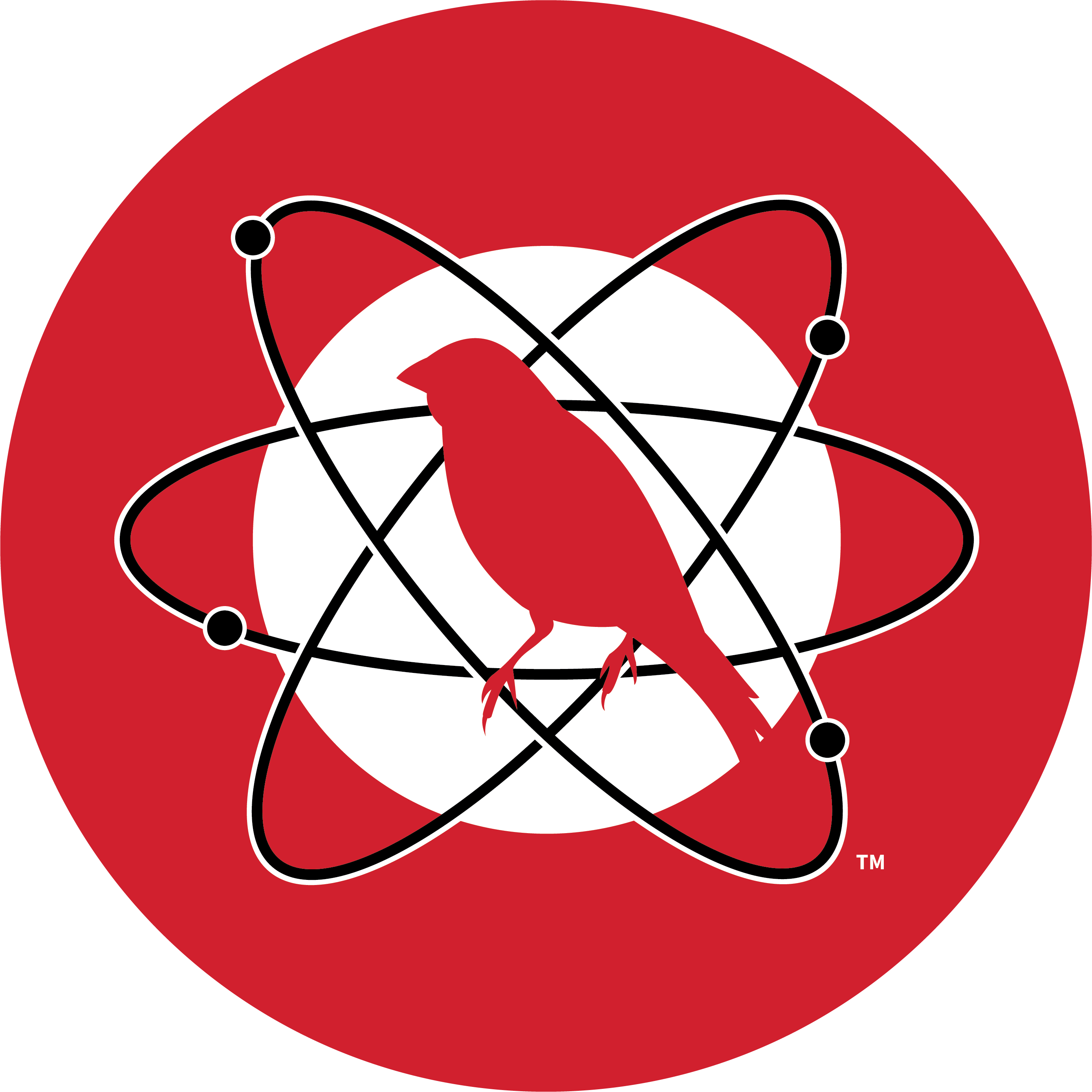-
Notifications
You must be signed in to change notification settings - Fork 2.7k
FAQs
Answers to some common questions about Atomic Red Team™.
Atomic Red Team is a library of simple tests that every security team can execute to test their controls. Tests are focused, have few dependencies, and are defined in a structured format that can be used by automation frameworks.
Atomic Red Team serves many needs: validating visibility, testing detection coverage, and emulating adversary behaviors. However, it’s increasingly clear that while the platform was designed with the intention of helping security teams execute simple red team exercises (as the name implies), it may be just as useful as an educational resource. Check out this blog post to see how it can help you gain development experience, become familiar with tools and tech, hone your analytical skill set, and even network with other security professionals.
This list gives a few noteworthy use cases:
-
Testing production security controls. You might have one or more
security controls in production today, but do you know how they perform in the
face of specific adversary techniques? You can use Atomic Red Team to
introduce known adversary techniques in a specific order. Keep these questions
in mind:
- Are we receiving signals for all observable events?
- Are we receiving alerts for events that should occur with low frequency or that have a high impact?
-
Testing proof-of-concept product coverage. You can use Atomic Red Team to
validate vendor claims, or measure the presence and quality of signals across
multiple products. Keep these questions in mind:
- Are we receiving signals for all observable events?
- Are we receiving alerts for events that should occur with low frequency or that have a high impact?
-
Testing your analysis team and processes. It's critical that information
security leaders understand how their operational capacity—a combination of
technical controls, expertise, and response processes—perform in the face of a
determined adversary. Keep these questions in mind:
- Do one or more of our technical controls identify the test?
- Does detection depend on automated correlation? On human analysis?
- In any event, how quickly do we detect the activity?
- How long does it take us to contain, remediate, and recover?
- What is the signal-to-noise ratio for the detection criteria used to identify the activity? Is it sustainable in conjunction with the criteria required to cover a greater percentage of the ATT&CK matrix?
We can visualize how well Atomic Red Team covers the MITRE ATT&CK tactics, techniques, and procedures by viewing the available atomic tests on the MITRE ATT&CK Navigator. The colored items on the matrix indicate that at least one atomic test exists for the given technique.
Check out the getting started page of the Wiki.
Yes.
You can find a listing of Linux tests here and macOS tests here.
For some history on how this project began, see the "Looking Back" blog post.
Red Canary provides managed detection and response, open-source tools, and education for the information security community.
No.
It is possible, if not probable, that antivirus vendors could use the Atomic Red
Team project to build weak detections, giving an impression of better attack
coverage than they really have. An example of a weak detection is alerting
on any file executed out of the default installation directory of
C:\AtomicRedTeam or downloaded from the Atomic Red Team repository. The
primary suggestion for dealing with this is to use input arguments
when defining atomic tests. This allows the user to specify a custom URL to
download files from or otherwise change up the known Atomic Red team signature
at runtime in an unpredictable way.
No.
There will always be things that red teams can do that can't be scripted. For example, realistic phishing emails from a believable source, vishing, credential stuffing, zero-day exploitation, and so on.
Yes.
You can manually chain tests together by running individual atomic tests back to back. The Invoke-AtomicRedTeam execution framework provides automation of this with their Adversary Emulation and Continuous Atomic Testing features.
Yes.
Take a look at the Remote test execution section of the Invoke-AtomicRedTeam Wiki.
Yes.
The Atomic Red Team Slack Workspace has a public channel called "#atomic-git" where notifications for all contributions are posted.
Yes!
Look for tests which have a iaas as a supported platform.
You can freely use the Atomic Red Team™ software per its open-source license. But as you can see from the little “™” Red Canary has an unregistered trademark in the Atomic Red Team name because it’s something we are proud of, and we wouldn’t want someone else creating something else under the same name and confusing everyone.
You are always free to refer to the Atomic Red Team project without our permission--please do! But don’t use the Atomic Red Team name with your own independent project or offering in a way that could suggest Red Canary is the source or sponsor, or somehow approves of it. If you have a good idea on how we can collaborate in using the Atomic Red Team name, then please reach out to opensource@redcanary.com.
Red Canary is also very proud of our unique Atomic Red Team™ logo:

It’s an unregistered trademark of Red Canary's, and as an original work of art it’s also copyrighted. Given that, please don’t use it without our permission--but as always, please reach out to opensource@redcanary.com if you have ideas on how we can collaborate and maybe agree on a way to use that logo.
Questions? Get connected to the community on the Atomic Red Team™ Slack channel.